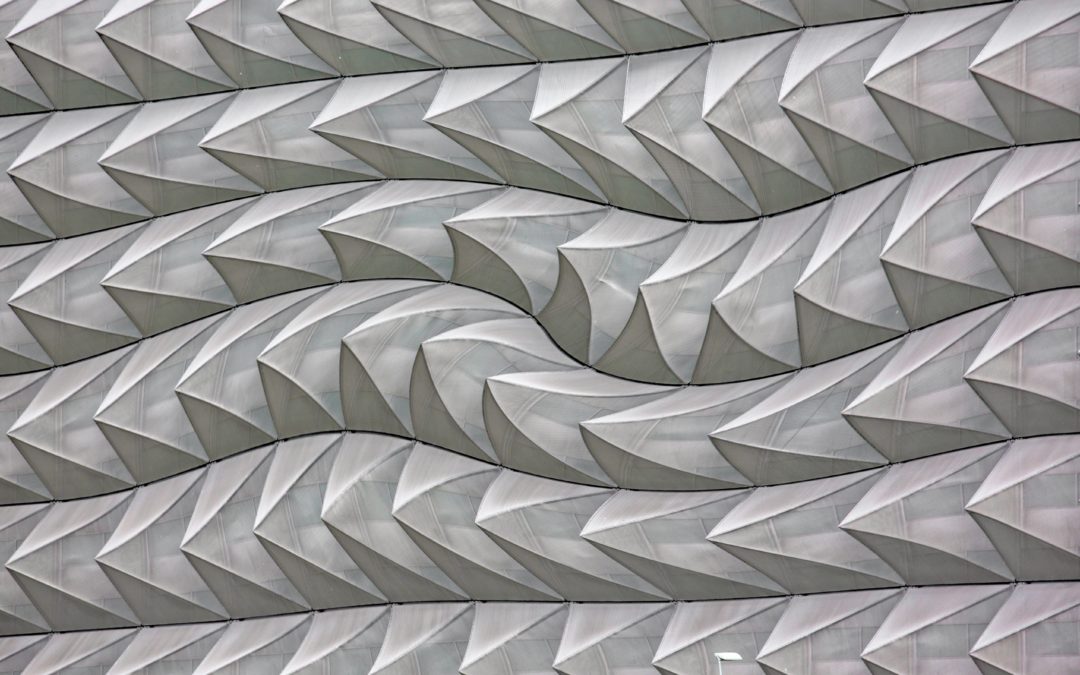The Fascial Manipulation Method is a publication featuring actual case reports. This publication is dedicated to the deepening our understanding of the common dysfunctions we encounter in our clinical practice, how they present and how they can be treated with Fascial Manipulation. Professionals tell us their cases, accurately describing the patients symptomatology, the working plan they have chosen and the results obtained due to the treatment. The names of the patients have been modified for privacy reasons.
Patient is a 50 year old male. He is very active in sports activities (jogging, bodyweight activities).
He presents to my clinic complaining of pain in the left shoulder (hu area). Origin is 5 months. Provocation is during flexion and extrarotation of the arm at the shoulder. The patient reports to have had a previous, similar pain in the same area, 2 years ago which spontaneously resolved. As a concomitant problem, he complains about neck and scapula pain on the left side, plus a reflux esophagitis, both of 5 years origin.
During the data collection, patient notes a previous low back pain, 10 years ago, now silent, without any initiating trauma. I noticed a major dermatitis on the face, with red and dehydrated skin, and a deep painful fissure on the palmar area of the left hand, present for 3 months, resistant, so far, to every local cure and treatment.
FIRST TREATMENT, JANUARY 14
I hypothesize that the left shoulder is the pivot which has helped to compensate for the esophagitis, But now, due to the high level of sports activity of the patient, has developed into a painful overload syndrome. Further, the palmar area fissure and the dermatitis are the result of an SCT dysfunction and the compression of the superficial nerves at the level of the cervical spinal tract, the shoulder and wrist.
So, I decide to treat the ADI and the SCT, according to the method’s protocol. The palpation of the catenaries shows evidence of a very involved LL line. The major points which I decide to treat are an-la-cp2 bi, an-la-cl rt, la-cl lt, an-la-th2 bi, an-la-lu1 rt, anla-lu 2 lt, an-la-hu bi, an-cu lt, an-la-ca2 bi, re-la-lu bi.
After the treatment, the patient reports an improvement in active shoulder flexion.
SECOND TREATMENT, January 21
After a week, the patient returns to my clinic, reporting a general sense of well-being and an improvement of the left arm movement in flexion and extrarotation at the shoulder. I re-do the palpation verification, ascertaining that the worst points are still present on the latero lateral line, especially in the cl and sc-hu segments. I then check the same line also on the posterior side.
In the second session I treat an-cp3 rt, re-la-cp2 lt, la-sc bi, an-sc lt, re-la-th bi, er-hu lt, an-la-ca lt, an-la-di lt, re-la-hu rt, re-la-di rt. In this way, I have completed the treatment of the LL catenary and, at the same time, I started the treatment of the cutaneous-thermoregulator system, since I have treated the emergence points of the superficial nerves in the arm, both at the proximal quadrant points, in the shoulder, and distal quadrant points, in the hand.
At the end of the treatment, the patient reports a clear improvement of the extrarotation of the humerus.
THIRD TREATMENT January 28
After the second treatment, the patient reports an almost complete disappearance of pain in the shoulder. Because of this cessation of symptoms, I can treat him for the palmar fissure, which indeed has already started to improve. I treat the emergence points of the nerves in the proximal area, qan-me sc 2 lt, and also q-an-la cu lt, q-an-la ca 1,2 lt, plus the points in the most distal quadrant, q-an-la di lt.
FOURTH TREATMENT, February 4
I repeat a similar treatment after one week. A week later the patient reports a decrease in the esophagitis symptoms, complete disappearance of the shoulder, neck and scapular pain.
Furthermore, the palmar fissure is in the remission phase, without the use of any drugs.
In this case, it is possible to observe a mixed approach in the use of Fascial Manipulation, with a combined treatment of the System and the Apparatus, appreciating the efficacy of the FM method in the treatment of visceral-based and superficial fascia-based dysfunctions.

